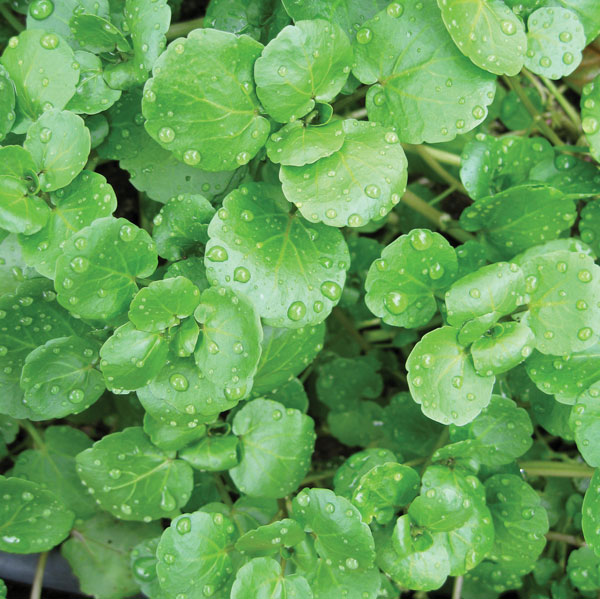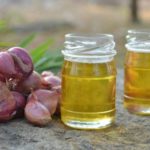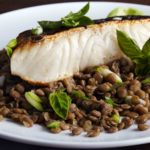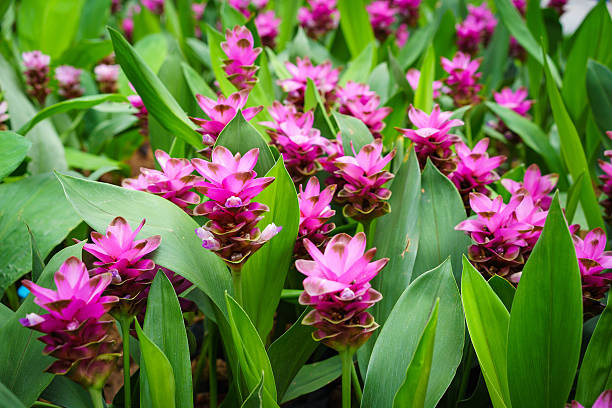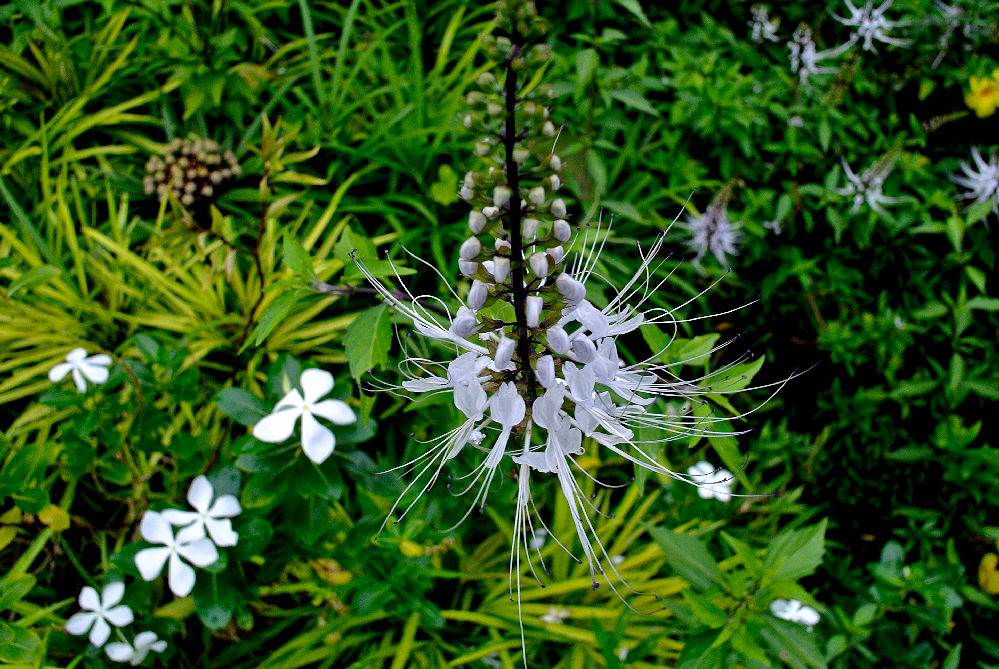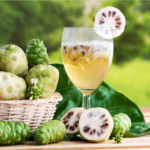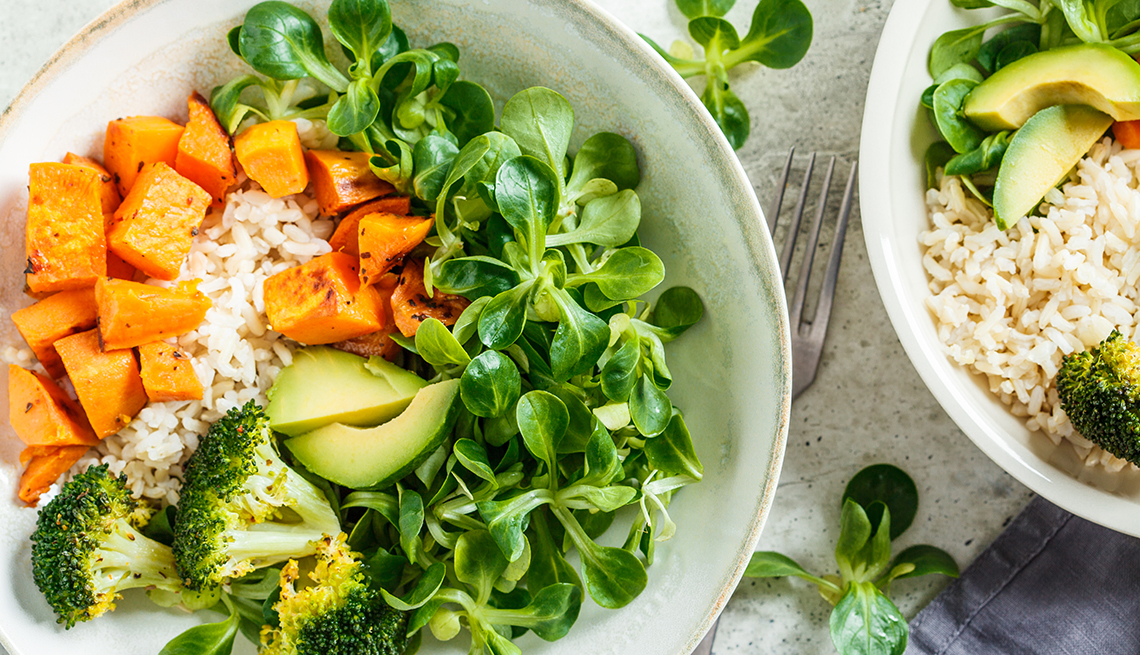AWESOME COMFREY BENEFITS
Comfrey benefits are quite enormous because it is a medicinal plant used for the treatment of conditions like bruises, bronchitis, cancer, cough, rheumatism, skin ulcers, peptic ulcer, healing of wound. Under topic uses, it is mostly used for fracture, skin ulcer and to close wounds.
Decades ago, a substance called alantoin was identified in the rot of comfrey and this substance has a great healing power. Therefore, this same substance has been part of numerous preparations in pharmaceutical industries.
Comfrey is a vivacious plant of the Boraginaceaae family. It has decurrent leaves i.e. they grow directly from the stem and are covered by hairs. The colors of the flower are pink, yellow and/or violet. It can grow up to 100cm high (i.e. about 5 feet tall). Comfrey grows in parts of Europe, Asia and North America.
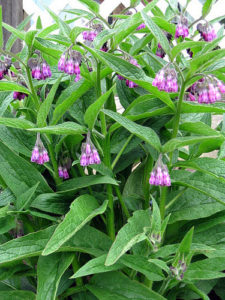
In ancient times, both the root and leaves of this plant have been used in many parts of the world. People have used it to treat the following health conditions:
- Inflammations of the joint
- Burns
- Bruises as mentioned earlier
- Muscle sprains
Properties of Comfrey
Comfrey benefits as regard to health is something good to know. As stated earlier, the root of this plant contains a substance called alantoin (about 1 – 1.5%). There are presence of sugars (e.g. starch, inulin, saccharose), mucilage, alkaloids, tannin, choline and resin.
Therefore, the presence of alantoin has made it possible for the treatment of slow-healing wounds, burns, skin sores and ulcers. And whenever stimulation of bruised tissue is required, the alantoin presence would do a lot.
Secondly, due to the presence of mucilage it contains, it soothes inflamed skin and mucosa. And this also fosters the healing of eczema and rashes, skin irritations and other skin inflammations.
Comfrey contains tannin, therefore it dries the mucosa and clots capillary vessels
Preparation and Uses of Comfrey in order to get the Comfrey Benefits
For External Use only
The comfrey root is only administered externally on the wounds, ulcerations, burns and bruises.
Therefore, to get the comfrey ready for external use;-
- Prepare (compresses) an infusion with about 100 to 200g of the root per liter of water for a couple of hours, steeping in cold extract. Soak cotton in this liquid and administer on the affected area of the skin. Change them two to three times in a day. This preparation and use is highly recommended for skin irritation and inflammations. This is the part where it plays the role of assisting slow-healing of wounds (torpid wounds), skin sores and burns as well as skin ulcers
- For mouth rinses, with the liquid of the cold extract, used for compresses
- For stomatitis, gingivitis (i.e. inflammation of the gums and pharyngitis, mouth rinses with comfrey is recommended. This is where it plays its astringent role due to the fact that it contains tannin.
You may also read about: Dandelion, Watercress, Java Tea
For wound healing, according to healthline, clinical research has supported the claim that comfrey has wound-healing powers. They also went ahead to say that some evidence from a research review published in the journal “complimentary therapies in medicine” prove that comfrey can help heal abrasion wounds.
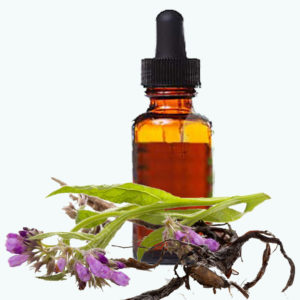
Image credit: Newton’s Pharmacy
Up until now, people still use comfrey as an alternative or substitute remedy for joint pain and muscle pain.
The ointments, creams and other topical solutions can be found in our everyday health stores and pharmacies.
Traditionally, herbalists have used comfrey to treat stomach ailments like colitis, ulcers and diarrhea as well. There is also dried comfrey root and leaves one can drink as tea.
Warning:
The root, stem and leaves of comfrey plant are toxic especially when taken orally. This is because of the presence of alkaloid which has toxic effects on the liver.
There’s another substance called glycoside (consolidine) that produces paralysis on the central nervous system which when taken in high doses. It is also present in this plant
The parts mostly recommended for use: the underground stem (rhizome) and the root.
CHECK OUT: Lupine Beans Benefit here
Foods to help with Constipation

A graduate of Computer Science and Information Management Technology. Diploma – Caregiving, Certificates – Dementia and Diabetes Awareness and Management. A researcher, blogger, songwriter, singer and acoustic guitarist. Born in an environment where natural talents such as healing are imparted at our natural birth. This natural talents of healing is the result of our genetic inheritance and the training from family environment.










